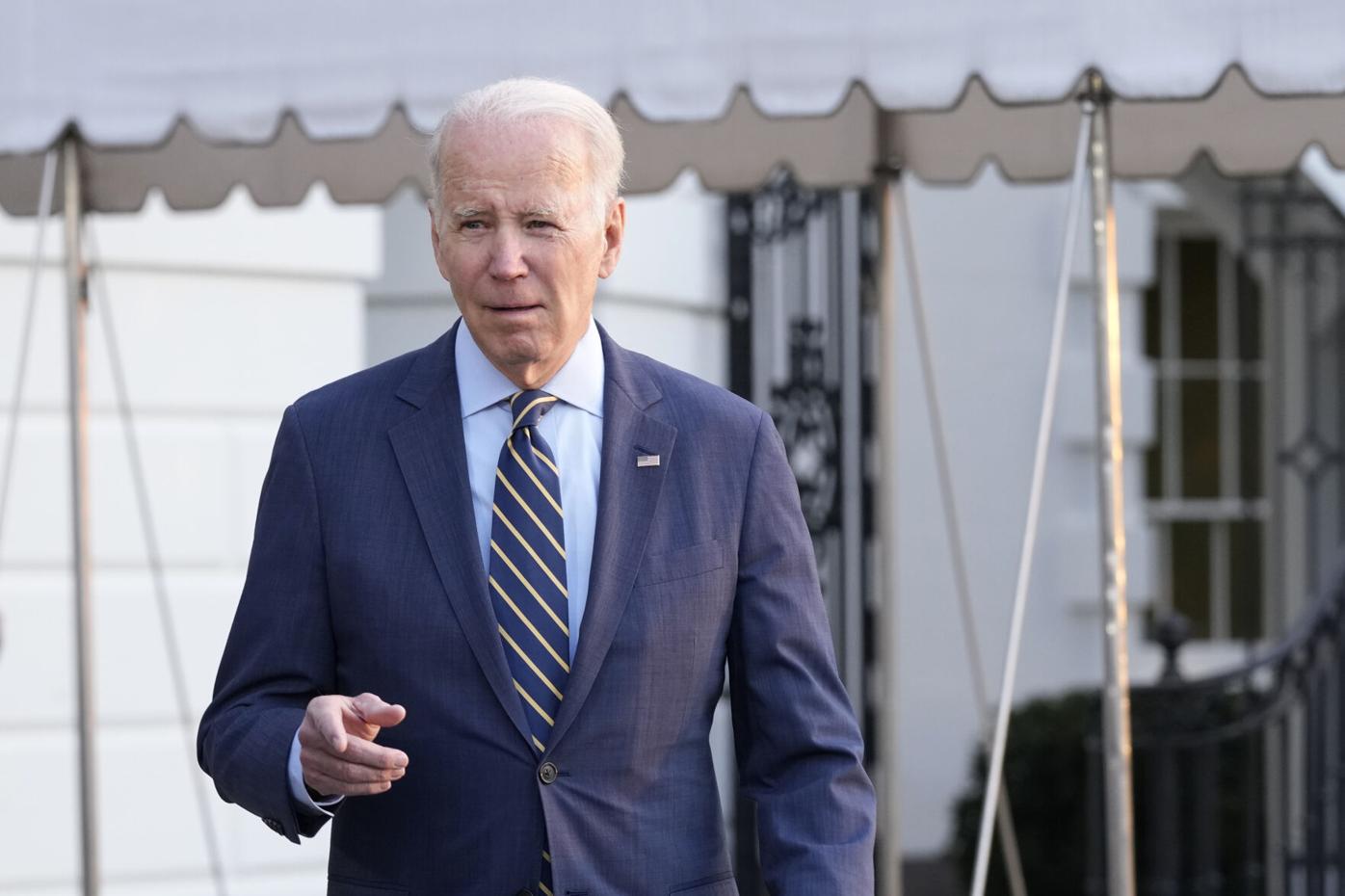On this episode of The Final Countdown, hosts Manila Chan and Ted Rall discuss breaking news, such as the plummeting of Biden’s approval ratings. Scott Stantis, Cartoonist for Chicago Tribune
Jamarl Thomas: Co-host of Fault Lines
Afshin Rattansi: Host of Going Underground
Mark Sleboda: International Relations and Security Analyst
In the first half hour, the hosts were joined by Scott Stantist, a Cartoonist for the Chicago Tribune, who discussed Biden’s approval ratings, and if he can beat Trump.
In the second half of the hour, Jamarl Thomas, Co-host of Fault Lines, joins to talk about the new Ministry of Truth.
In the last hour, The Final Countdown talked to Afshin Rattansi, Host of Going Underground, about Syria re-joining The Arab League.
Later in the hour, The Final Countdown was joined by International Relations and Security Analyst Mark Sleboda about the Wagner Group staying in Bakhmut.



